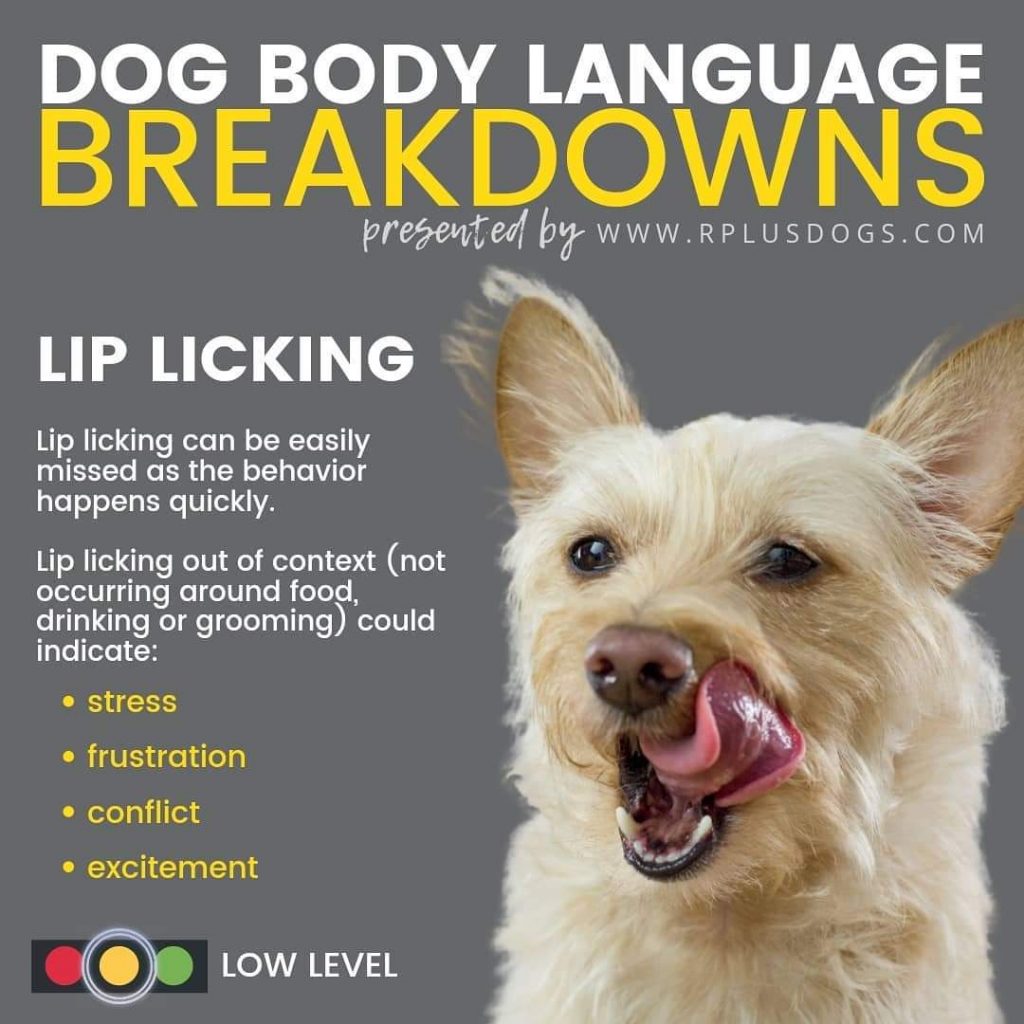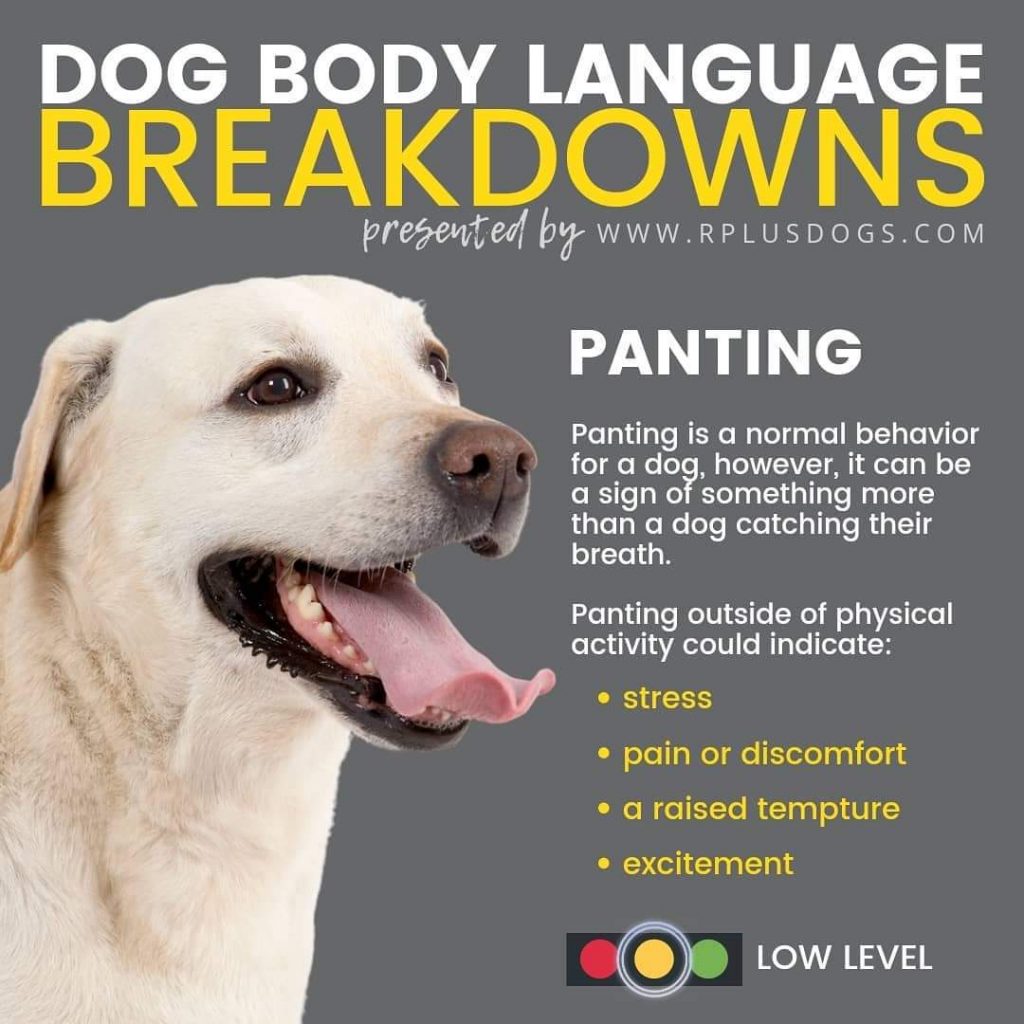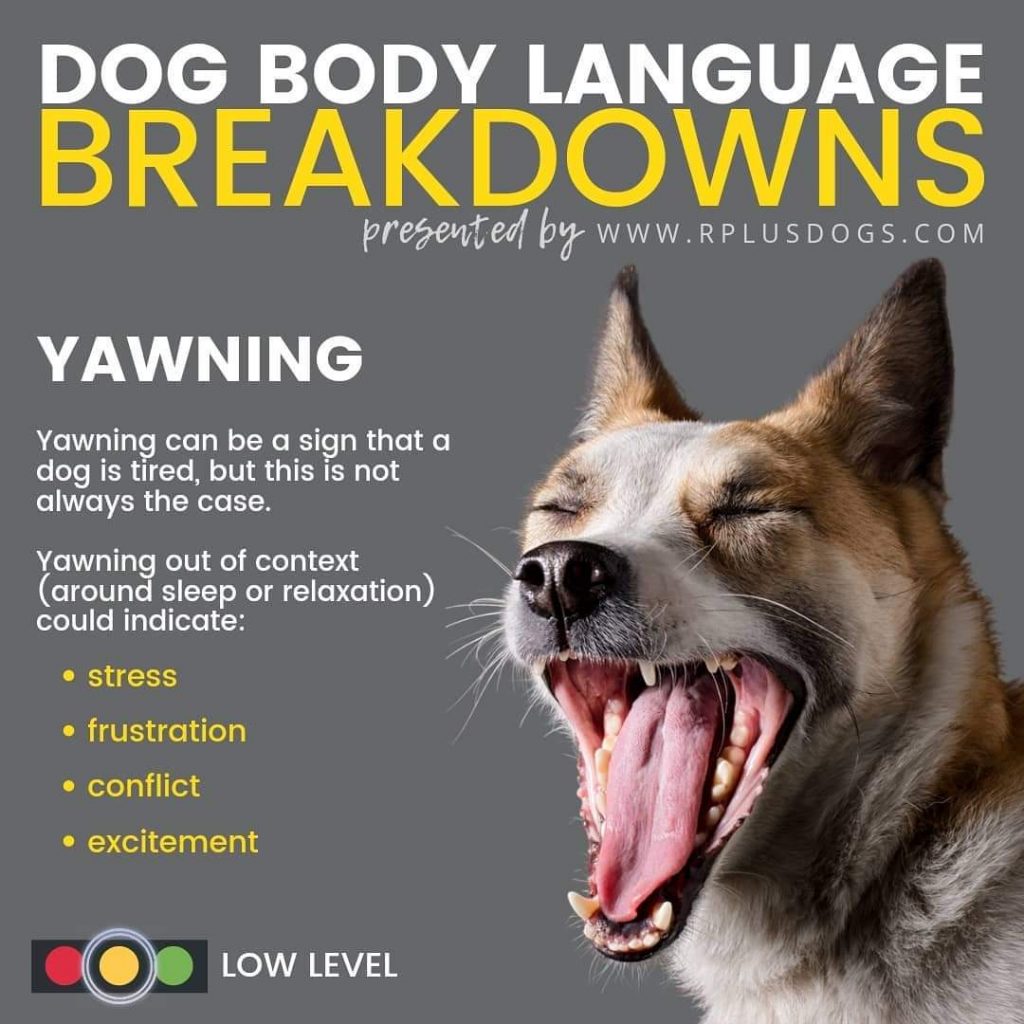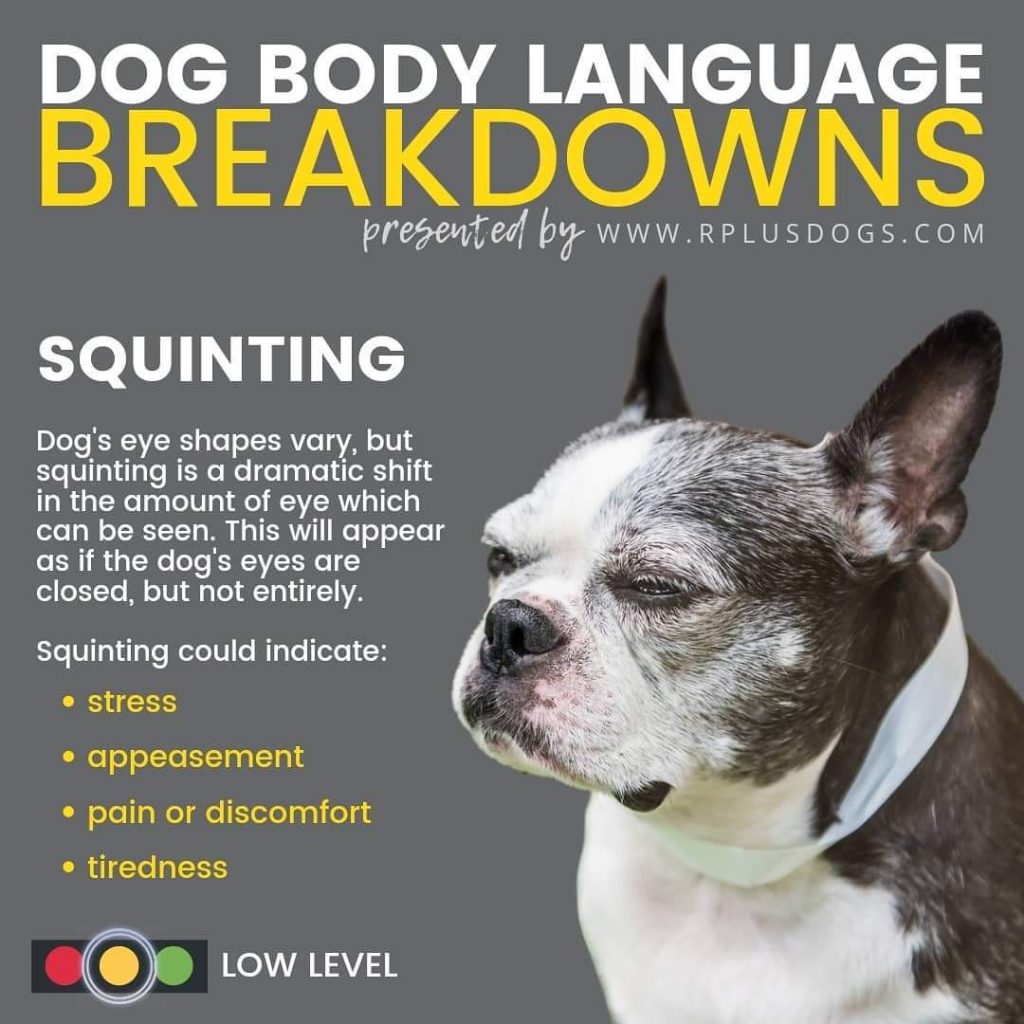
ANIMALS 101 – LEARNING TO SPOT THE SIGNS AND TEACHING SAFETY IS IMPORTANT WHEN IT COMES TO INTERACTIONS BETWEEN DOGS & CHILDREN.
Research shows that pets can contribute to a child’s development physically by strengthening their immune system, emotionally by creating an irreplaceable relationship and teaching responsibility by including them in pet care activities. It is however crucial to educate children and parents about dog behaviour and to teach kids how to interact with dogs safely for both the animal and the child’s sake.
One of the top reasons why animals are surrendered to shelters is behaviour. This includes “aggression” because they bit someone. Some people even kill those animals. There is no such thing as a ‘child safe breed’. Every dog has the capacity to bite, some can just do more damage. When children get bitten by a dog, this doesn’t necessarily mean a dog is ‘aggressive’.
Dog body language can be quite intricate and it is easy for parents and kids to miss the subtle warning signals. We often hear the phrase “there was absolutely no warning, the dog just bit out of the blue.” The truth is that there were plenty of warnings, but they were either missed or ignored and the child pushed the dog to their breaking point.
Some statistics show that almost 50% of children will be bitten by a dog before their 12th birthday and more than half of those will be under the age of 5 years. Bites usually occur on the face or neck and are most often inflicted by the family or family friend’s dog, in their own home, with parents present, because parents are less likely to intervene when they know the dog.
Dog bites to children are not accidents, they are preventable!
Contrary to popular belief, dogs don’t have an innate desire to protect or care for children and can find the body language and eye contact of young children unnerving. Dogs generally don’t like their space being invaded, arms around their neck or having children lean or sit on them. At best they will tolerate it…..for a while.
Not one of the photos in this poster below is cute. Missing from this group of pictures is a picture of a dog covered in marker pen drawings. Pictures like this make my blood run cold.
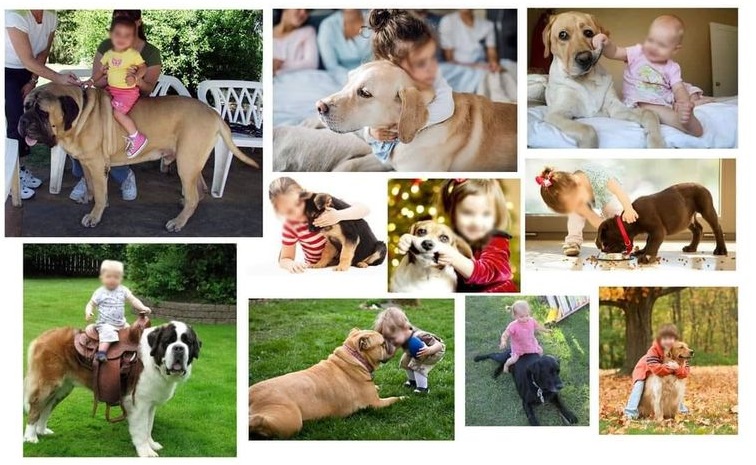
There are certain behaviours, called calming signals, that dogs show when they are stressed. These serve two purposes; firstly, they are an attempt on the dog’s part at self-soothing, and secondly, they are a message to others that the dog is not comfortable and would like the situation to defuse. If parents are aware of these SIGNALS, they can step in when they see their dog showing any of these behaviours:
- Lip licking (contexts is important)
- Tongue flicks
- Stress yawns
- Eye blinks
- Ears back/flat
- Whale eye (seeing the whites of the eyes)
- Closed/tense mouth
- Averting gaze / turning the head away
- Shifting weight
- Lifting paws
- Freezing – WATCH OUT! Freezing is one step past a calming signal. It’s very often a last-ditch attempt to tell you to back off. Dogs will typically freeze right before they snap.
Also read: ANIMALS 101 – FOUND A BAT?
Watch this video by Dog Sense Training and Behaviour and see if you can pick up on the cues mentioned.
PREVENTION IS BETTER THAN CURE!
TEACH YOUR KIDS
- Provide feedback to children by pointing out signs that the animal is uncomfortable or scared. This helps develop a child’s understanding of body language and maintains safety.
- Be an example for your kids of compassion, kindness, respect and responsibility towards animals.
- Encourage your child to be gentle when touching pets – never allow children to pull tails, ears or roughhouse with any animal.
- Pets don’t like to be hugged, so never encourage hugs.
- Chairs are for sitting on, not dogs.
- Don’t disturb pets when they are sleeping.
- Dogs are not canvas or paper, so don’t draw/paint the dog.
- Don’t take bones, food or toys from animals.
- Don’t chase them nor tease them.
- They hear sound much louder than humans so do not scream around them.
TAKE PRECAUTIONS
- Safety needs to be the primary goal when mixing children and animals.
- When introducing a new born baby to a pet, first start by letting the pet sniff your baby’s blankets and clothes. Later allow the pet to sniff your baby’s foot or hand while you hold the baby securely. Never offer a head to be sniffed.
- Never leave a baby or young child alone with an animal, for any reason. Any dog can bite; any cat can scratch.
- Closely supervise child-animal interactions.
- Never allow a child to approach or run towards an unknown animal, especially alone.
- NEVER PUNISH A GROWL as it is a dogs warning system and a way of communicating that they feel uncomfortable. If you punish a growl they will learn to go straight to snap/bite without warning.
- No-touch, no-talk, no-eye contact principle when meeting a pet.
LEARN ABOUT & TEACH CHILDREN TO READ BODY LANGUAGE
- Learn more about body language and calming signals.
- Look at T-E-M-P signs:
T – Tail, E – Eyes & Ears, M – Mouth, P – Posture
ALWAYS ASK PERMISSION
- When you are near an unknown dog/pet, ask the animal’s guardian if they are child-friendly, and then instead of approaching further, call the animal into your space for physical contact. If the animal does not approach, leave them alone.
- When touching rather hold out your hand instead of going for their head from above and let them come to you.
- Consent to touch an animal by any person should be clear, voluntary and with ongoing permission from the pet.
Read more on choosing pets for your child.
The way you allow your child to treat animals can be unintentional cruelty, but still cruelty, which is a crime. Do not let your child be the reason that this animal doesn’t trust children/humans. We also do not want your child to fear animals for the rest of their life, because of a bite incident.
It is not your dog’s job to know how to interact with your kids. You need to teach your kids how to interact with your dog.
Next week we will look at tips on walking your dog.
WHEN YOU KNOW BETTER, DO BETTER!
